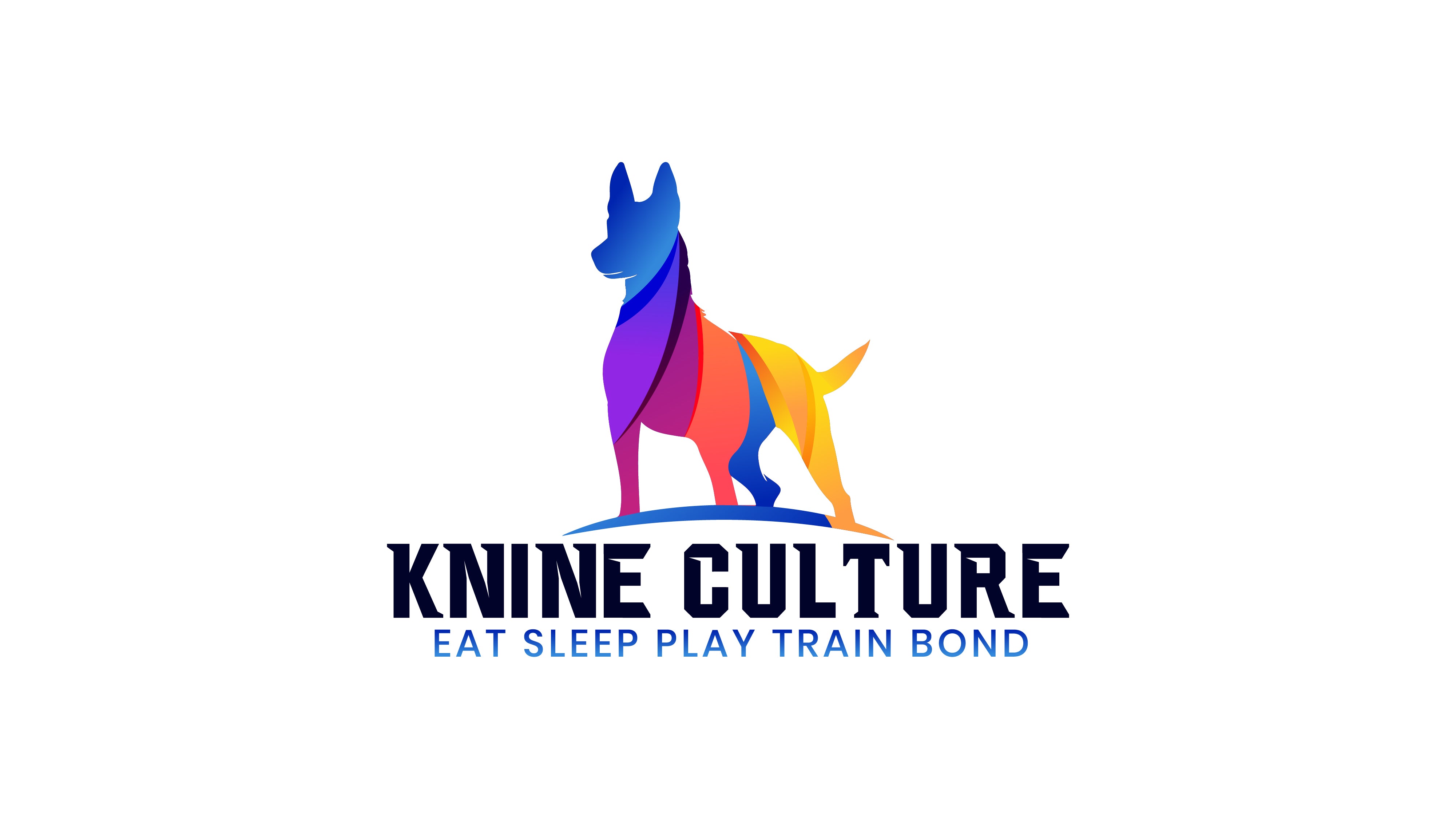We believe all dogs can benefit from the Power of Play. Here are our top seven tips on how to get the most out of playing tug with your dog.
Step 1 - Think like prey
At the very start, when you introduce the toy, wiggle it a little bit on the floor, think a bit like prey, the toy is the prey. So wiggle it slow, then fast, and then maybe slow again, keep it varied, mixing it up. Your dog may not grab, hold and tug immediately. So just praise any sort of interaction with the toy.
If you have a particularly nervous dog, that's unsure of play, you can perhaps try standing side on, rather than face-to-face, this is less intimidating for the dog. I'd also try using a toy, like a chaser that has a long handle. This helps to add some distance between you and the dog when playing as well. The chaser also has other benefits that it taps into your dog's prey drive, which is a natural instinct to play as well.
Step 2 - Praise and encourage
When playing tug with your dog, you really want to encourage them to grab the bite area and preferably the entire bite area rather than holding onto the wispier bits of fur at the end. You want to do this positively, so lots of praise, lots of verbal encouragement for the dog. If they do any behaviors you don't really want to see, such as chewing or anything like that, I'd discourage this and then redirect them back to tugging and pulling on the bite area.
Step 3 - Get the tension right
So when you begin, it's really important to keep just the right amount of tension on the tug toy, mainly because you want your dog to bite and hold onto the bite area firmly. So keeping that tension will prevent your dog from re-gripping and working up the way to the handle.
If you have a particular problem with this, we have got a blog on our website about handle grabbers. Another reason is to help their confidence, you don't wanna be pulling really hard in the beginning. You want your dog to feel confident playing, so just the right amount of tension is important.
Step 4 - Match your dog’s enthusiasm
When playing tug, try and match your dog's enthusiasm. When they are litter mates, they've got loads of other puppies to play with, they will pick a puppy that's the same size and same play style as them. So when you're playing human to dog, it's also important to do the same. To begin with, if your dog needs to build confidence, you might want to let them win a game of tug or two.
As they progress, like with anything, you wouldn't want to always win. You'd want to have a bit of a challenge in a game. So sometimes you win, sometimes they win and keep mixing it up. By winning the game, we simply mean letting go of the tug. They may have a little victory lap, run around with it, and then you restart the game straight away so you're always in control of the tug toy.
Step 5 - Up the resistance
As you progress, you'll see your dog get a lot more confident. So, signs to look for include their weight shifting backwards as they're tugging on the toy. They may have a tighter grip with their mouth, but obviously everything's individual to your dog and you should be able to recognize this over time.
Once you see these sorts of signs, you can then start putting a bit more tension on the toy and getting more into it with them. Our bungee toys are really good for this, 'cause they've got the shock cord in it. So this helps reduce any jarring to that sort of neck and also your shoulder and arm.
Step 6 - Use the correct motion
When you're playing tug, it's really important to think about how your technique is working with the dog as well. So maybe a forward and back motion with the tug toy. It's really important to keep it at their level as well. So they're not jumping around or jarring their neck while they're playing. If you've got a particularly small dog, maybe look at something with a longer handle, like a chaser. So the dog can play low to the ground without you having to bend too much.
Step 7 - Start and stop cues
With any game you have rules, and it's no different when you play with your dog. It's really important to teach sort of a start and stop cue so they know when the game is in progress and when it's finished. I use something like ‘get it’, to start the game and just simply the word ‘finish’ at the end of a session. Obviously you can do what suits your dog. It could also be a physical cue rather than a verbal one.







